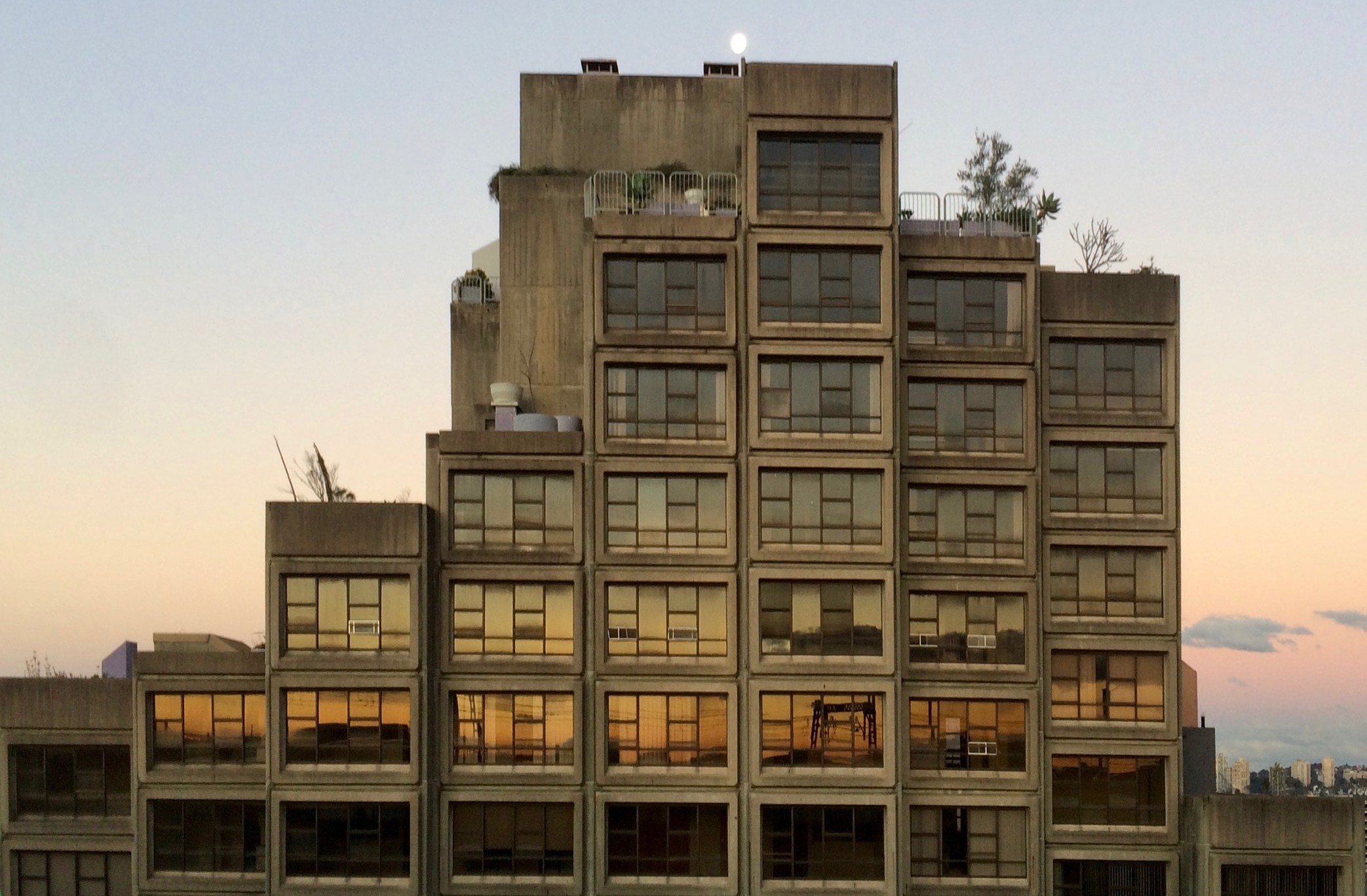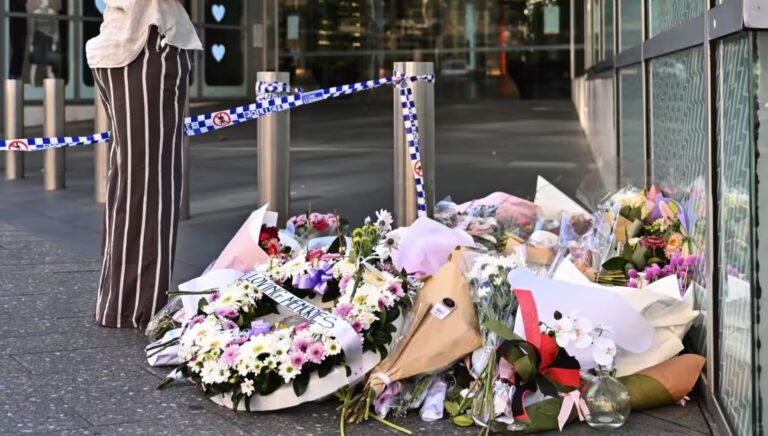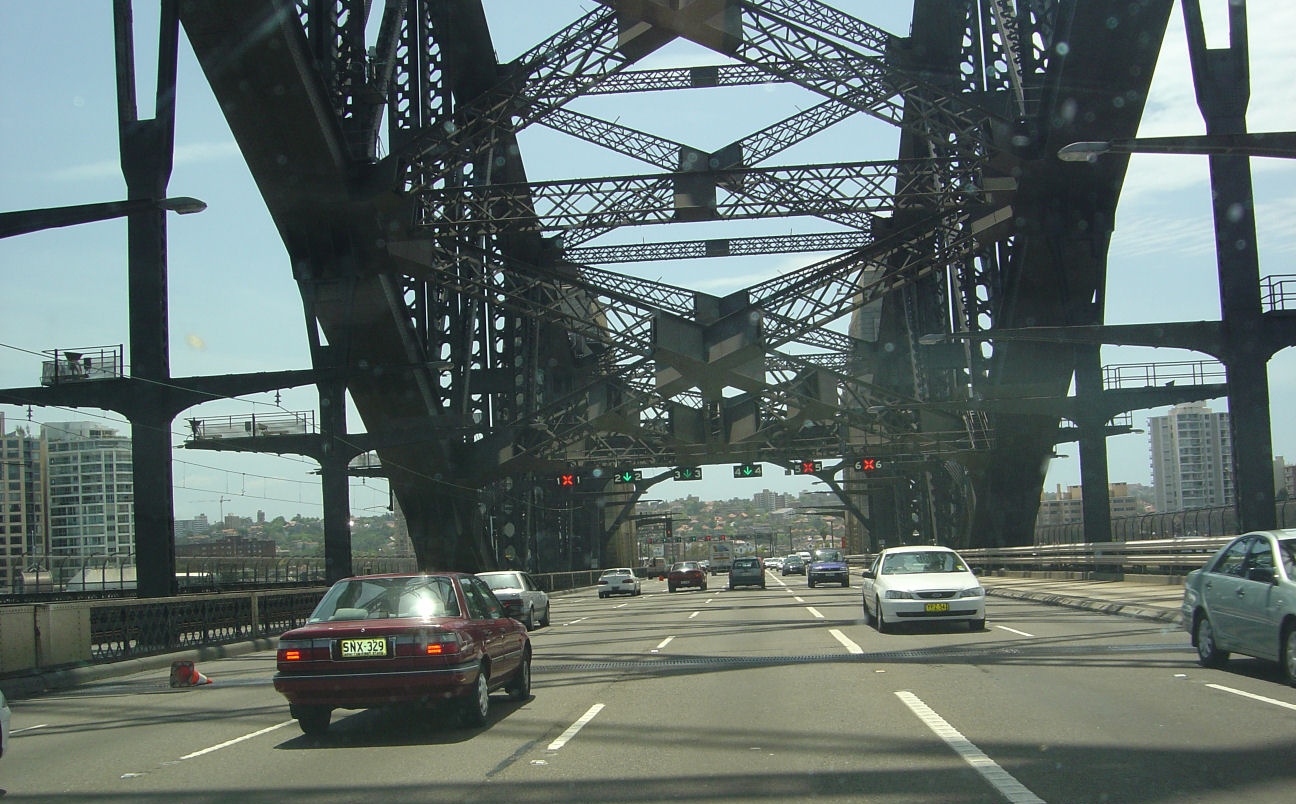
What does the NSW Housing Strategy 2041 mean for inner-city housing?

By DANIEL LO SURDO
The NSW Government announced plans to provide immediate support for people experiencing homelessness and better housing as part of its Housing Strategy 2041 report.
The Housing Strategy 2041 outlines the State Government’s 20-year vision for better housing, with the establishment of a cross-sector expert housing advisory panel, better use of government-owned land and strengthening relationships with local communities atop the initiatives of the program.
Central to the NSW Government’s plans will be the establishment of temporary supportive accommodations (TSAs) that aim to house people at risk of homelessness for up to two years, whilst longer housing solutions are constructed.
Minister for Water, Property and Housing Melinda Pavey understood that the scheme would be critical to reducing homelessness throughout NSW.
“We are developing a TSA discussion paper that will call on local governments, NGOs and the private sector to come to us with ideas to deliver additional TSA projects and to meet the Premier’s Priority of reducing homelessness by 50% [by 2025],” Pavey said.
The Housing Strategy report details TSAs as the use of a vacant or underused building to provide temporary residential accommodation for homeless people, and also adds that it will potentially occur on both private and government land.
The establishment of TSAs can be most closely likened to a similar concept of ‘Meanwhile Use’ – whereby temporarily empty buildings are utilised until they can be returned into commercial operation or demolished.
Looking to the inner-city
While acknowledging the production that ‘Meanwhile Use’ creates, Shelter NSW CEO John Engeler understands that the scheme is unlikely to meaningfully alleviate the demand for social and affordable housing growing especially prevalent in the inner-city.
“‘Meanwhile Use’ ensures that redundant buildings or vacant development sites are occupied for the time it takes for development approval, providing benefits to the local community in a variety of ways,” Engeler told City Hub. “[It] can house people at affordable rents and also stimulate local economies.”
“However, it’s hard to see how this type of temporary approach, creative as it might be, can substitute for what is required – a significant boost to the stock of social and affordable housing.”
The inner-city has over 1,000 approved applications on the social housing waiting list, with applicants expected to wait at least 5-10 years before being granted a property.
Engeler believes that a swift investment in social housing from the State will be integral to lowering a social housing waiting list expected to grow in the fallout of COVID-19.
“NSW requires an urgent and large increase in the stock of social housing; increased funding to the already stretched Specialist Homeless Sector (SHS); and expansion of rental assistance to support low-income private tenancies,” Engeler said.
“The large and growing waiting list for social housing suggests that NSW is not well-placed to respond to the housing crisis which only seems to have escalated in recent months.”
The NSW Government will continue to liaise with local governments and organisations to optimise the delivery of TSA projects throughout the State.









